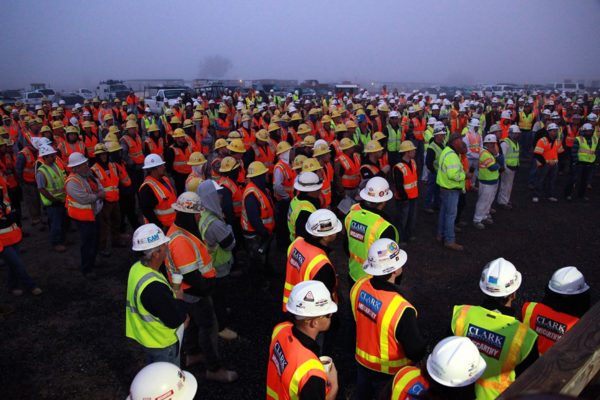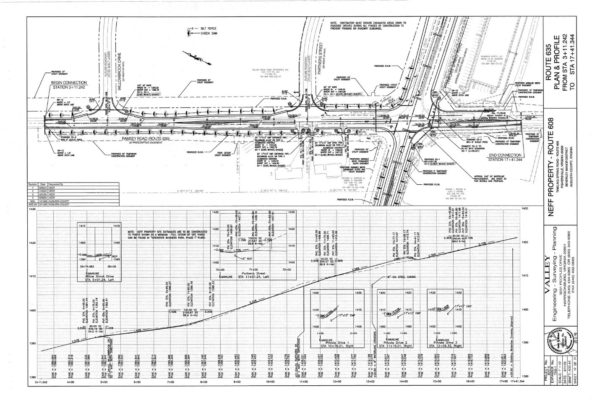93 out of 100 construction professionals agree that communication is the key to a successful project.
Companies are looking to closing gaps in communication that are hindering their productivity, so they can minimize costly errors related to poor communication. The remaining 7% believes that communication is not a key factor in a project and oh boy they are so wrong.

Photo When communication is not right Photo Flick The Tire Zoo
Communication can increase productivity but also can reduce safety incidents at the job site and lead to higher employee morale amongst team members. Other important areas affected by communication are legal, specs, performance, managing issues, changes and adopting new processes and procedures. There are many companies capable of managing communication effectively and we are sharing that valuable information for you to use.
How They Do It?
One of the top builders in the New York metro area told me a few years ago, I make sure that my crews have the latest technology available a hand used to share and sync data between different platforms. His secret, they talk and discussed once a month about performance issues with their software and ask for feedback about how they can improve communications. In many instances, the contractor gathers ideas that end up as part of field bulletins implementing changes to their processes. So, I asked him, how are you making sure everyone gets it? Much simpler than it seems. The information gets shared during the morning huddle, so all crew members can receive the latest communication keeping track of who gets is and who doesn’t.
 Morning huddle Photo Flickr Jesse A. Lora, NAVFAC (SW)
Morning huddle Photo Flickr Jesse A. Lora, NAVFAC (SW)
Other companies use flowcharts and put in place CCC (Chain of Command Communication) on a top down approach. This process facilitates communication making sure that email and text messages get to the right people. Stand downs are another effective method companies use to distribute information to their staff while taking about other topics such as safety or addressing other important concerns.
One good example related to emergency protocol situations. Successful companies practice and establish procedures determining who and when lead the communication process. The project lead is assigned with enough time, so all information gets to the right people, whether related to scope changes, direct orders, cost and scope information or procedures.
When To Write, Email, Phone, Text or Snap?
Communication needs to follow the proper methods, and this is when things get tricky. Not all information needs to be formalized or in writing, perhaps some of it needs to be emailed, printed out or verbal communication. A company must implement a communication plan depicting how the information gets shared, how frequent and to whom. Some contractors will choose email, phones, text, pagers, and printed documents to make sure all info gets to the right individual.

Drawings are part of the communication plan Photo Flickr J. Albert Bowden II
Depending on the formality and seriousness of the topic, the information gets posted and referenced using document control numbers and property stored/managed at the project level. Depending on local regulations and requirements, the information should be stored at least three to five years making sure there is a proper way of tracking who receive the information and who store the data. Remember communication is in the form of prints, emails, memos, reports, calls, RFI’s, logs, contracts and specifications.
Typical communication from a construction project such as RFI’s, reports, change orders, notices and logs can be handle through emails although sometimes they are part of your contractual documents many times using AIA standard forms. Other SaaS and construction management software use their own templates and email chains to keep everyone abreast and informed. These type of products, licensed to a specific group or team members, are ideal for very large projects on which many documents are shared. Software like PROCORE, SKYSITE and UNIFIER are good examples of these type of software aimed at improving communication and managing two-way information using a controlled process.
Key Recommendations From Top Communicators
There are many ideas that can be followed but in general these are some excellent rules if you want to be the best at communicating:
- Be clear and concise. The average reader spends only 5-10 seconds reading a note before they move on to other issues if the item presented is not relevant to them.
- Be professional and when writing a document use the same language you will use in a conversation.
- Don’t react too fast. Writing email and letters can be difficult especially for the ones receiving the document. Keep calm and redact a well-thought email or letter, that if you can read it 10 years from now, you won’t be offended.
- When communicating always write for a lawyer, meaning that the document could end up being part of a testimony or used as evidence during a trial.
- Opinions are different from facts. When sharing information and communication in construction projects facts are welcomed, opinions are debatable especially if they don’t have the right fundamental base.
- Avoid acronyms and if you need to use them make sure they are defined in the contract documents. Acronyms can create more confusion.
- Train your employees on proper communication techniques and encourage them to create a communication plan.
- Phone calls are ok for day to day issues, critical issues should be formal communication through letter, reports or any type of written document.
- One key aspect of successful communicators is that they are open to critics and always welcome feedback.
- Your communication plan must contain phones, email and business address for project stakeholders. Be sure to revisit this document and update it half way through the project.
- Are you using the right language? With the globalization and expansion of construction projects you might need to communicate in several languages to be inclusive of your workforce.
There is no such thing as over-communication, at the end it might help you and ease your construction project.
How do you communicate with your team?

